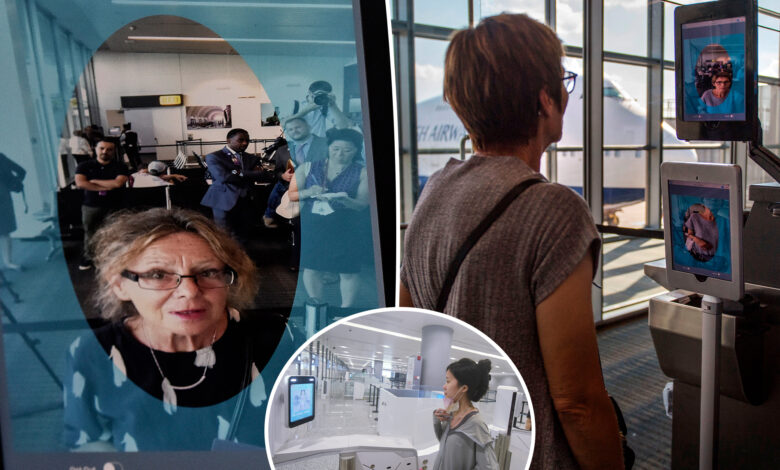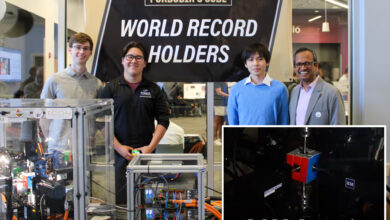How to opt out of airport face scans when traveling

When traveling, many people allow their faces to be scanned at airports.
There are plenty of problems with facial recognition technology — but perhaps one of the biggest is that people don’t know they’re allowed to opt-out.
Not only is choosing not to get your face scanned at an airport an option, but it seems to be shockingly easy, in theory.
According to the Transportation Security Administration’s frequently asked questions, “Passenger participation in TSA biometric technology tests is voluntary. You may notify a TSA officer if you prefer a standard ID check.”
Everyone — regardless of citizenship — can opt out of face scans for domestic travel within the US. For international travel, US citizens can opt-out, but foreign nationals have to participate, with a few exceptions.
All you have to do is make sure you’re standing away from the camera when presenting the TSA officer with your physical ID and say something along the lines of, “I opt out of biometrics. I want the standard verification process.”
An officer will then look over your ID manually and compare it to your face — like they used to do.
The TSA has told both the public and Congress that the technology is optional. The TSA and the Customs and Border Protection (CBP) are also supposed to have clear signs informing passengers of their right to choose not to participate.
However, these signs are often hard to find, and there have been reports of passengers, including a US Senator, being met with hostility and aversion when asking to opt-out. This begs the question, how optional is facial recognition really?
A spokeswoman for Sen. Jeff Merkley told The Washington Post that when he tried to opt out at Washington’s Reagan National Airport, he was told it would cause a significant delay. Of course, there was no delay.
Separately from TSA, the individual airline you’re traveling on may also scan your face instead of your boarding pass, though you’re also allowed to opt out of this for domestic flights.




